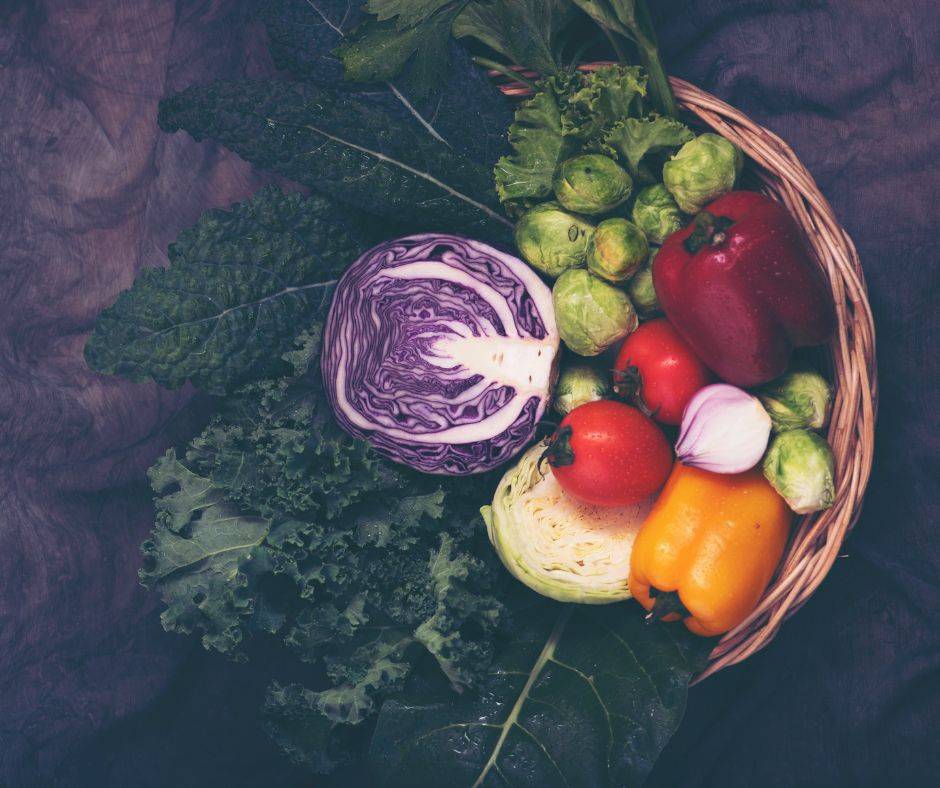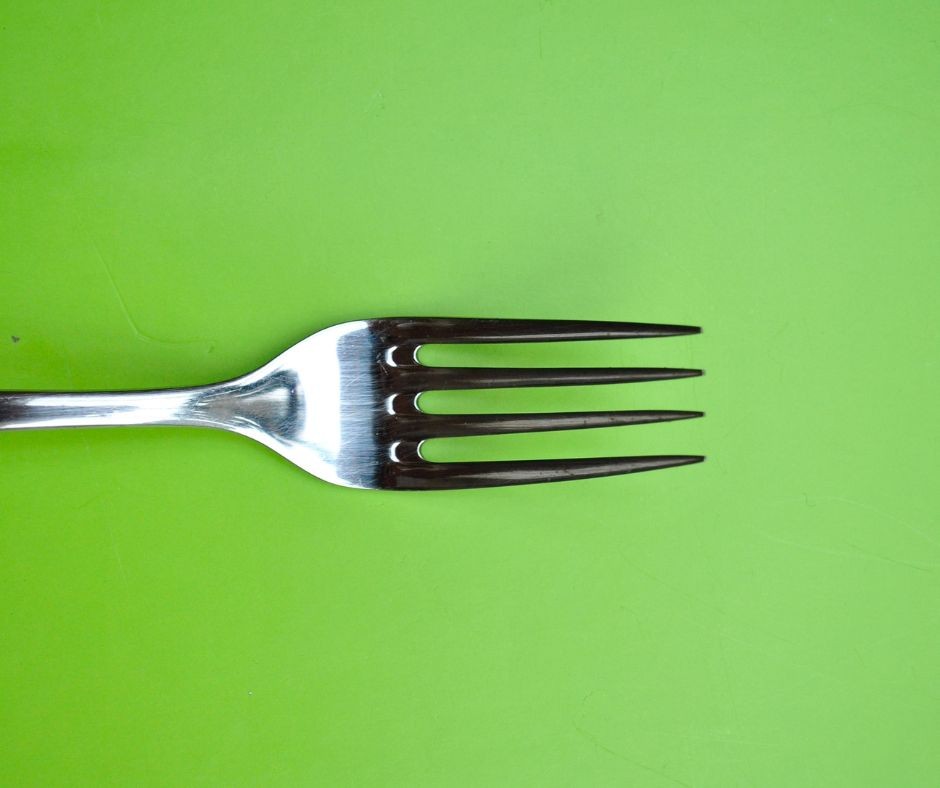Fermented foods are a wonderful way to expand your diet and deeply support your digestive system. Eating fermented foods promotes healthy bacteria (“flora”) in the digestive system which helps with the digestibility of foods, and the production and absorption of enzymes and vitamins.
Traditionally, fermentation was used as a way to preserve food. When food is fermented, good bacteria (i.e., “probiotics”) like lactobacilli (lactic acid producing bacteria) convert vegetable and fruit starches into lactic acid. Lactic acid and the lactobacilli bacteria don’t allow “bad” bacteria to grow. Nearly every traditional culture used some form of fermentation. Some examples include kimchi, sauerkraut, yogurt, pickles, lassi, kefir, miso, and tempeh. There are literally hundreds of ways to ferment and preserve foods.
Benefits of Fermentation:
While many good bacteria are still being studied, we know there are many benefits of eating fermented food and probiotics like lactobacilli:
Fermentation:
- Increases digestibility of foods
- Helps with the production of enzymes
Probiotics (“good bacteria”):
- Help to break down difficult to digest foods
- Make vitamins in the body
- Support and train the immune system
- Supply the body with energy
- Break down medications and toxins
- Defend when bad bacteria overgrow, or try to colonize
Recognizing the benefits above, and knowing that nearly every traditional culture used some form of fermentation, it’s safe to say these foods could play an important role in addressing many of the serious health concerns we see today. At the very least, fermented foods can supplement a standard westernized diet, providing protection from an overgrowth of yeasts and “bad” bacteria in the gut.
Most commercially available fermented products today are made with vinegar and are pasteurized (killing all of the beneficial bacteria). The vinegar gives it the sour taste, but you don’t actually receive any of the good bacteria. So if you’re purchasing your ferment in a store, be sure to look for the words “active live cultures” or “raw”. Purchase a product that is refrigerated and has no additional ingredients.
How to make Sauerkraut
Ingredients:
- Cabbage (purple or green)
- Sea salt
Directions:
- Wash cabbage and thinly slice.
- Place in a bowl and mix with sea salt (optionally add herbs and spices of your choice).
- Pound the cabbage (or use your hands), and vigorously massage the cabbage to release the juice.
- Press into an airtight container, and leave some room at the top of the jar as the cabbage will expand. Make sure the cabbage is completely covered with the juice. (I usually use an extra cabbage leaf on the top, and something heavy to weigh the cabbage down).
- Leave for 3 days or more in a room temperature location. Then transfer to a cool dark place.
- The longer you leave it out, the stronger the flavor. Experiment with what flavor you prefer. Once you’ve reached a flavor you like, you can refrigerate it.
- Remember – you’ll know if it’s gone bad; the smell will be off-putting.
- Many people enjoy eating sauerkraut with meat, fish, legumes, or grains.








